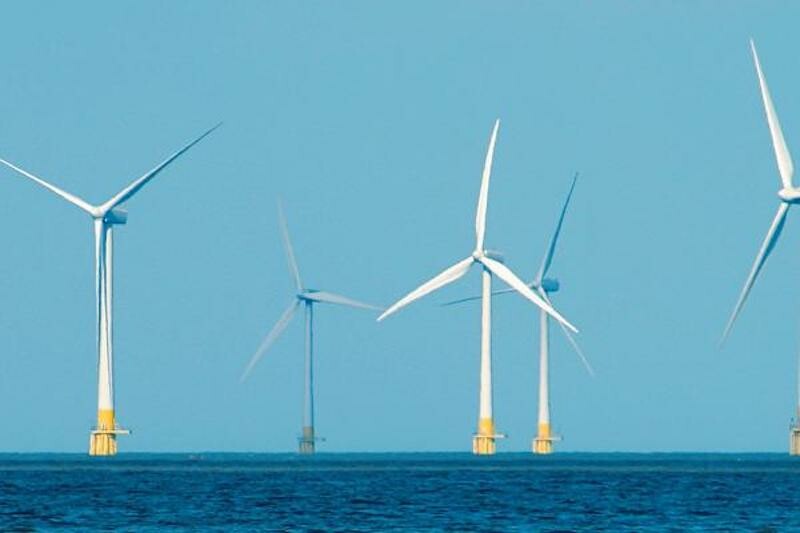California’s full-throated embrace of clean energy development may be put to the test with the prospects of imposing floating wind farms and onshore support facilities sprouting up along the state’s sanctified coastline.
Two California offshore wind lease sales planned for this year are among the seven U.S. offerings the Bureau of Ocean Energy Management (BOEM) has scheduled by 2025.
Environmental assessments are currently underway for the Morro Bay and Humboldt wind energy areas in central and northern California, respectively, where development in waters nearly 4,300' deep will require floating structures with an appreciably larger footprint than the fixed platforms that are characteristic of burgeoning offshore wind developments on the upper East Coast.
“With advances in floating wind technology still in play, California is well positioned to be an international leader in this sector,” said BOEM Pacific Regional Director Doug Boren.
Boren joined state officials and an advocacy group representative in a Feb. 15 webinar sponsored by the Atlantic Council, a nonpartisan Washington, D.C., think tank, to address California’s role in the expanding offshore wind energy sector.
California hopes to generate up to 4.6 gigawatts (GW) of offshore wind power by the end of the decade, as part of the Biden administration’s ambitious plan to put 30 GW of offshore wind into the U.S. electrical grid by 2030.
“There’s a very strong value proposition with offshore wind coming into our system, particularly in central California with the potential to connect into the existing transmission grid,” said Karen Douglas, commissioner of the California Energy Commission. “The offshore wind resource in northern California and southern Oregon is also one of the best in the world.”
Exploiting those resources, however, will require a substantial infrastructure overhaul, which California hopes to address through the recently enacted Assembly Bill 525 with a strategic development plan expected to be in place by June 2023.
“It’s clear to us that California today does not have all the infrastructure that we would need,” Douglas said. “That’s where the AB 525 strategic plan will really give us the opportunity to scale a set of planning goals and over time work through those questions of workforce development, supply chain, port infrastructure, transmission and permitting.”
Inadequate port capacity is a major hurdle, said Varner Seaman, California offshore wind program director for the American Clean Power Association.
“These are very large structures we’re talking about building, so we need ports that have the deepwater draft, overhead clearance, the width, the onshore space to stage the components, and the engineering to handle the weight of all the components,” he said. “We don’t currently have all the port infrastructure available in California.”
There’s also the potential reaction of the not-in-my-backyard crowd, given the sheer size of a floating wind development. “The towers themselves are as large as the Washington Monument (555’), with a 600-ton nacelle put on top of it and the platforms to maintain the stability of these floating structures could be 900 to 1,000 feet wide,” Seaman said.




